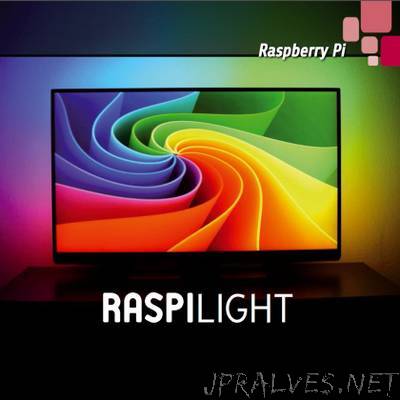
“What’s better than watching a movie in front of your TV in the summer heat or …under a warm blanket in the winter? Once the perfect mood is set, why not enjoy your experience in the best possible way, but the help of technology? Yes, the project described in this article was born with the goal of giving a boost to any modern flat screen TV, from the first models to the latest smart TVs but all their interesting features. In the early 2000’s, Philips R&D labs designed a system they called “Ambilight” which, using RGB LEDs applied on the edges of the TV, allowed to project colors matching the video content visualized in any given moment on the wall behind the TV. This technology allowed to bridge the brightness gap between the image on the TV and the wall around it, thus eliminating some known glare and helping the viewer visualizing more details in the image; at the beginning, there was a separate track to manage the film’s color information on the LEDs, but this way, every movie studio would have had to add those tracks to every movie during production phase: the second version of Ambilight would pick up color information directly from the video on screen, in real time. The screen’s edges are divided into logic sectors, and each sector is associated with a specific LED and, by making a color average of the pixels, you can find the color to set to be reproduced by the LEDs; this operation is repeated for all the LEDs mounted on the TV and all of this is repeated hundreds of time per second in order to provide synchronicity and maximum smoothness to the colors projected around the TV. With RaspiLight we can re-create this technology and apply it to any flat-screen TV, but there’s more: even when the TV is off, we can control the system through an Android or iOS app and create static or dynamic light effects and make the TV an animated lighting point and not just a simple lighting piece of furniture.”
